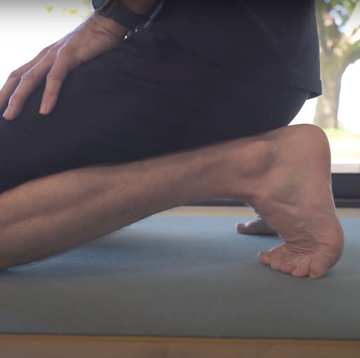- Icing may alter the molecular environment inside sore muscles, delaying healing
- Published: 08 October 2021
How to tackle tight hamstrings new study suggests that this form of DOMS-defying therapy may not be such a brrr-illiant idea, after all.
The study, carried out by researchers at Kobe University in Japan and published in the Journal of Applied Physiology, found that icing alters the molecular environment inside injured muscles in detrimental ways, thus slowing down the healing process.
The study involved mice, not people, but serves as further evidence that those purporting the benefits of sub-zero therapy are on thin ice.
suggests that this form of DOMS-defying therapy may not be such a brrr-illiant idea, after all scientific review that found athletes who iced sore muscles after vigorous exercises actually regained muscular power more slowly than those who did not. More recently, in 2015, a study of weight training yielded similar results: participants who applied ice packs after workouts developed less muscular size, strength and endurance than their unchilled counterparts.
More research into this area is required before any strong conclusions can be made. But on the weight of evidence so far, it seems like it might be best to leave the sub-zero treatment on ice – and let injured or sore muscles repair themselves.
Rick Pearson is the senior editor at Runner’s World UK. He’s been with the brand since 2017 and loves testing PB-friendly shoes for on and off road. Rick is a sub-three marathoner and occasionally likes to remind people of this on the Runner’s World podcast, which he co-hosts. He once raced a steam train over 14 miles (he won, narrowly) and a horse over a marathon (he lost, comfortably).













